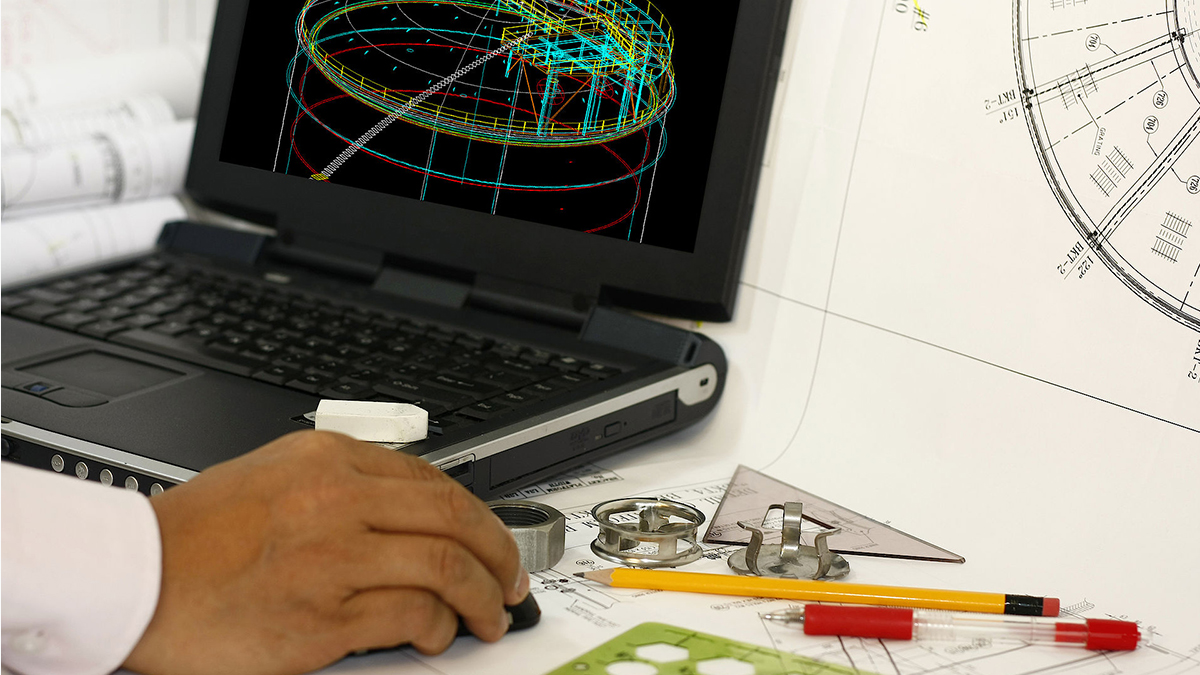Creating an effective mechanism design entails thoughtful consideration of factors such as materials, specifications, precision, manufacturing processes, and functionality. Moreover, it must be cost-effective to ensure the development of a successful mechanism design.
Exploring Mechanisms, Machines, and Mechanism Design
Mechanism Defined:
A mechanism is a configuration where various parts are intricately combined at specific joints and orientations. This amalgamation dictates the movement of one or more parts, constraining them in a way that compels other components to generate a specific relative movement.
Understanding a Machine:
A machine is more than just a mechanism; it encompasses the mechanism itself along with a power source and a control system. Together, these elements form a cohesive unit designed to perform specific functions through controlled and powered movements achieved by the underlying mechanism.
Delving into Mechanism Design
Mechanism design is a multifaceted discipline that incorporates statics, dynamics, mechanisms, and maneuverability. For a more comprehensive approach, it extends to material mechanics, mechanical materials, graphics, and beyond. In industrial contexts, institutional design broadly refers to all mechanical-related designs, ensuring a stable, efficient, and manufacturable product development process from design, research, and development to production.
Mechanism Application and Scope:
A mechanism, as a mechanical device, serves the purpose of generating required relative motions. Given that most machines involve relative movements—ranging from fixtures to large-scale machine tools—the application scope of mechanisms is extensive. In the typical sequence of machine design procedures, mechanism design takes precedence. Its goal is to determine the appropriate type and size of the machine necessary to meet specific movement requirements. Following mechanical design completion, machine dynamic analysis is conducted to ascertain input and joint forces, accompanied by stress and strain analysis of mechanical elements. Precision mechanical design places a heightened emphasis on evaluating mechanism design intricacies.
Traditional Mechanical Design Focus:
Traditional mechanical design predominantly emphasizes mechanical component design. Content areas include the selection of standard components, component stress analysis, fatigue considerations, and damage analysis. Less attention is often dedicated to motion design within the mechanism, primarily due to the innovative nature of mechanism design, aimed at introducing new types or size specifications to meet specific relative motion and restriction requirements.
Considerations in Mechanical Design
Selection of Transmission Mechanisms (Cost):
When responding to new customer needs, the design process involves evaluating numerous transmission mechanisms to fulfill various functions specified by clients.
Different methods, such as screw drive, belt drive, or gear rack drive, may achieve the desired actions, each with its advantages and constraints.
Balancing technical requirements, accuracy, and cost-effectiveness is crucial in determining the most reasonable plan.
Part Design in the Mechanism:
Material Selection: Critical consideration of part materials.
Tolerance Matching: Despite dimensional errors in processing equipment, continuous mechanism design improvement ensures machine operation within acceptable tolerance intervals.
Force Considerations: Designing parts based on the loads they bear, considering appropriate materials and strength.
Interchangeability: Promoting parts interchangeability for standardization, reducing processing costs, and facilitating easy replacement.
Convenient Disassembly and Assembly: Designing for easy installation and disassembly, prioritizing convenience and accuracy.
In essence, meticulous attention to mechanism design intricacies and comprehensive considerations in mechanical design are pivotal for achieving efficient, cost-effective, and innovative solutions in the realm of machines and mechanisms.










.png)



